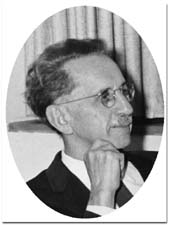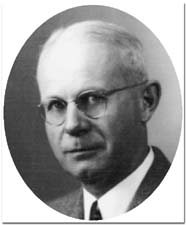![]()

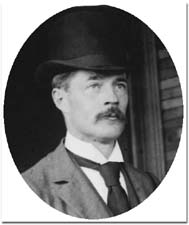
Mazÿck P. Ravenal, MD, one of the first matriculants and fellows in the University's Laboratory of Hygiene, lecturer in bacteriology in Penn's Veterinary Department, bacteriologist to the State Livestock Sanitary Board Laboratories (housed on the Penn campus for many years), and chief of laboratories at the Phipps Institute from 1903 to 1907. In addition to his work with Pepper Laboratory Associate Daniel J. McCarthy, MD, on the rapid diagnosis of rabies, Ravenal was the first to prove the transmissibility of bovine tuberculosis to man. He pursued this research in response to Dr. Robert Koch's suggestion that the likelihood of transmission from cattle to man was very rare. (American Society for Microbiology Archives)
Florence Seibert, PhD, receiving National Achievement Award from Mrs. Eleanor D. Roosevelt for her work on tuberculosis, 1944. Seibert came to the Phipps Institute of the University of Pennsylvania with Esmond R. Long, MD, in 1932. Here, she continued prior work on the isolation and purification of tuberculin. She succeeded in crystallizing and purifying the active principle of tuberculin, called purified protein derivative (PPD). Seibert took this work one step further in 1941 when she produced PPD-S, a derivative chosen to be the national and international tuberculin standard. The World Health Organization and United Nations Children's Fund (UNICEF) sponsored production of a batch of this PPD for widespread use. Seibert's product remains in use today. Florence B. Seibert, Pebbles on the Hill of a Scientist, 1968. (American Society for Microbiology Archives)
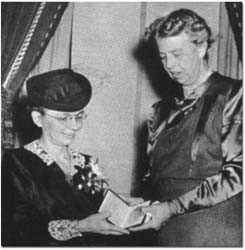
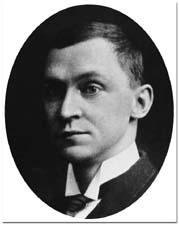
Eugene Opie, MD, circa 1909. Appointed the new director of the Phipps Institute in 1923, Opie began his famous studies on the nature of immune reactions, examining the fate of antigens in animals immunized to them. Opie and his colleagues also prepared reports on the contagion of TB within families that paved the way for future public health programs. (American Society for Microbiology Archives)
